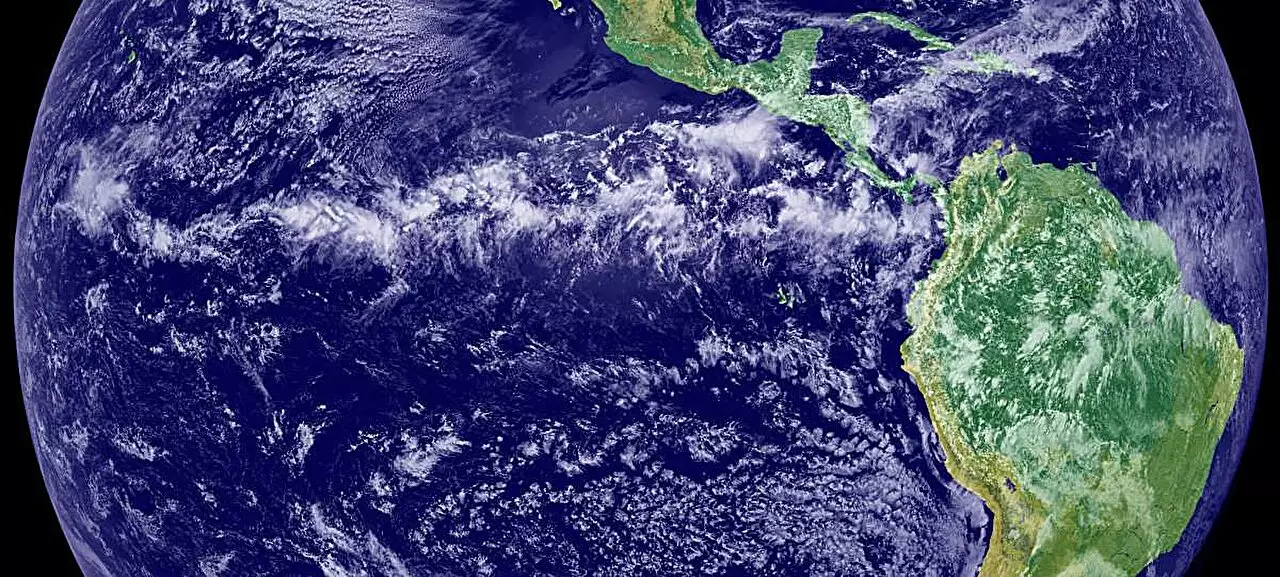Climate change and its effects have become an undeniable reality of life in the 21st century. As we enter the summer of 2024, we are confronted with alarming evidence of this reality: record-breaking temperatures and unprecedented droughts that threaten economies, ecosystems, and lives. This article delves into the intricate relationships between human behavior, atmospheric circulation systems, and climate stability, drawing from recent studies that shine a light on the changing dynamics of our planet’s weather systems.
The summer of 2024 stands as a stark reminder of the ongoing and escalating climate crisis we face. Reports indicate that this season has been the hottest in recorded history, a trend that, unfortunately, is consistently becoming the new normal. With summers becoming increasingly dry and hot, especially in the Northern Hemisphere, the impact on agricultural outputs and public health has escalated to alarming levels. The consequences are dire and multifaceted, including soaring instances of wildfires, the crippling of crop yields, and heightened health risks associated with extreme weather conditions.
Scientists have historically attributed some of these disruptions to natural climatic changes, yet emerging research is pointing the finger more firmly at human-induced factors. The interplay of human activities—especially the burning of fossil fuels and greenhouse gas emissions—has led to significant alterations in atmospheric conditions. As a pivotal component of climate systems, air circulation patterns have started to shift in ways that were unanticipated and are increasingly difficult to mitigate.
Recent groundbreaking studies led by Dr. Rei Chemke from the Weizmann Institute of Science have produced key insights into how human activities are affecting vital air circulation systems. Among the most crucial systems are the wind patterns that create a complex network through which heat and moisture are transferred globally. This network features storm tracks that enable the flow of high-pressure and low-pressure systems, which are essential for maintaining climatic balance.
Particularly noteworthy is the weakening of both storm tracks and the Hadley circulation—a cell of wind patterns where warm air rises at the equator and subsequently cools and descends as it travels toward the poles. While the diminishing strength of the Hadley circulation has been acknowledged for decades, it was only recently that researchers could conclusively link this phenomenon to anthropogenic emissions. Dr. Chemke’s findings have provided a clear cause-and-effect pathway, elucidating how greenhouse gases are melting the temperature gradients essential for these winds.
The revelations from the studies suggest that the increasing temperatures in high latitudes, exacerbated by greenhouse gas emissions, are narrowing the temperature differences between the equator and the poles. As these disparities decrease, the storm tracks—once robust systems facilitating heat and moisture distribution—are rendered weaker, leading to less cool, moist air reaching land, and intensifying continental temperature extremes.
Reassessing Historical Climate Influences
The second part of Dr. Chemke’s research extends this inquiry into a historical context. Collaborating with Prof. Dim Coumou, Chemke uncovered compelling evidence that contrasts the contemporary effects of anthropogenic forces against the backdrop of natural climate influencers over the past millennium. They employed advanced climate models to recreate historical climate conditions, showing that natural phenomena such as solar fluctuations and volcanic eruptions traditionally strengthened the Hadley circulation. However, these natural factors are now overshadowed by human actions that have reversed this longstanding dynamic.
This depreciation of the Hadley circulation, intensified by human-driven emissions, represents a fundamental shift in the forces shaping our climate. Previously, the climate was influenced in a way that reinforced crucial air circulation systems—the opposite is now occurring, leading to alarming and unpredictable consequences.
Revisiting Climate Models: A Need for Holistic Approaches
One of the critical takeaways from these studies is the urgent need to reassess how climate models integrate the impacts of both human and natural factors. Historically, climate scientists have concentrated heavily on anthropogenic claims of change, sometimes at the expense of acknowledging how natural phenomena might modulate these effects. Dr. Chemke emphasizes that natural factors should not be downplayed; understanding their roles could enhance our models and, consequently, better predict future climatic conditions.
The findings from Dr. Chemke’s research underline an essential truth: while human activities bear the brunt of responsibility for climate change, understanding the interplay with natural mechanisms remains crucial. Ignoring this intricacy may lead to erroneous assumptions about our understanding of climate, ultimately impairing our ability to address the profound challenges posed by a rapidly changing world. As we grapple with unprecedented heat waves and ecological crises, fostering a holistic approach to climate science could provide a more comprehensive foundation for effective policy-making and adaptation strategies, paving the way toward a resilient future.


Leave a Reply